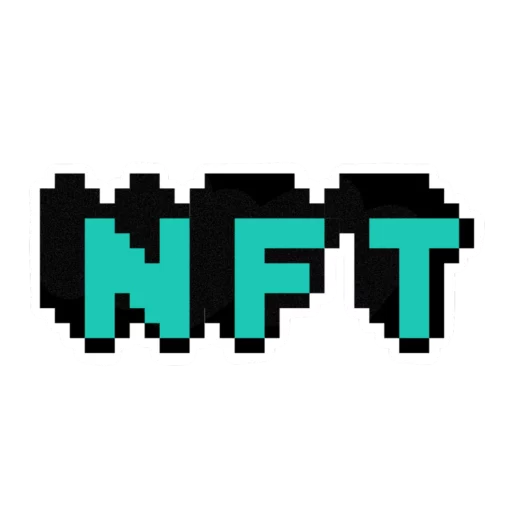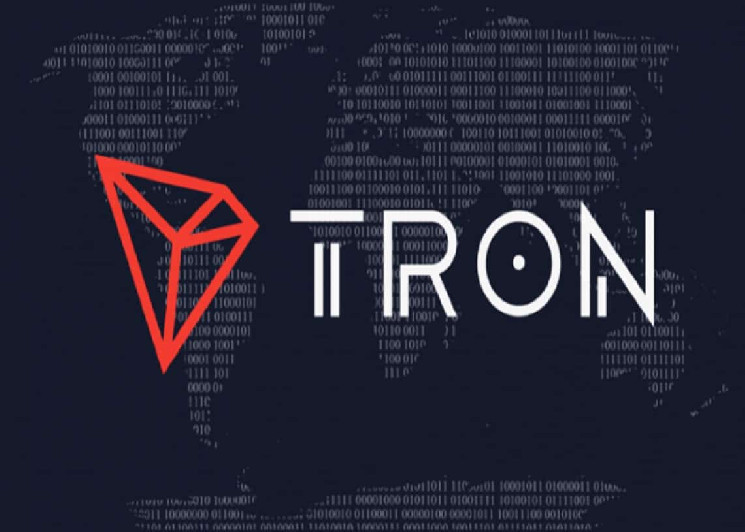Avail Project has announced a groundbreaking partnership with Lens Protocol, with the shared goal of revolutionizing onchain social media. This collaboration is poised to usher in a new era of decentralized social networking, promoting openness and equity on the internet. By integrating advanced data solutions, such as Avail DA, Lens Protocol will be able to scale effectively, handling high transaction volumes crucial for social networks like hey and orb.
Centralization and data challenges have long plagued traditional social media platforms, restricting user control and hindering innovation. Lens Protocol’s integration with ZKsync’s ZK stack addresses scalability concerns, yet the storage and management of transaction data remain a significant hurdle. This is where Avail DA steps in, bridging the gap between ZKsync and Ethereum to create a modular blockchain with enhanced throughput at a lower cost.
The integration of Avail DA not only enhances efficiency and resilience for Lens Protocol but also empowers users to interact seamlessly across various social apps while maintaining ownership of their data and connections. This user-centric approach marks a departure from the conventional models of social networking and paves the way for a more decentralized and transparent online experience.
Stani Kulechov, the founder of Lens Protocol, underscores the importance of scalability and transparency in building a resilient network. The collaboration with Avail and the upcoming integration of Avail DA in Q4 2024 will further enhance functionality and scalability for Lens Protocol, benefiting both developers and users alike. With over half a million users and 40 million transactions already on Lens, this partnership signifies a significant milestone in decentralized social technology, promising to reshape the landscape of online social interactions on the Web3 platform.









